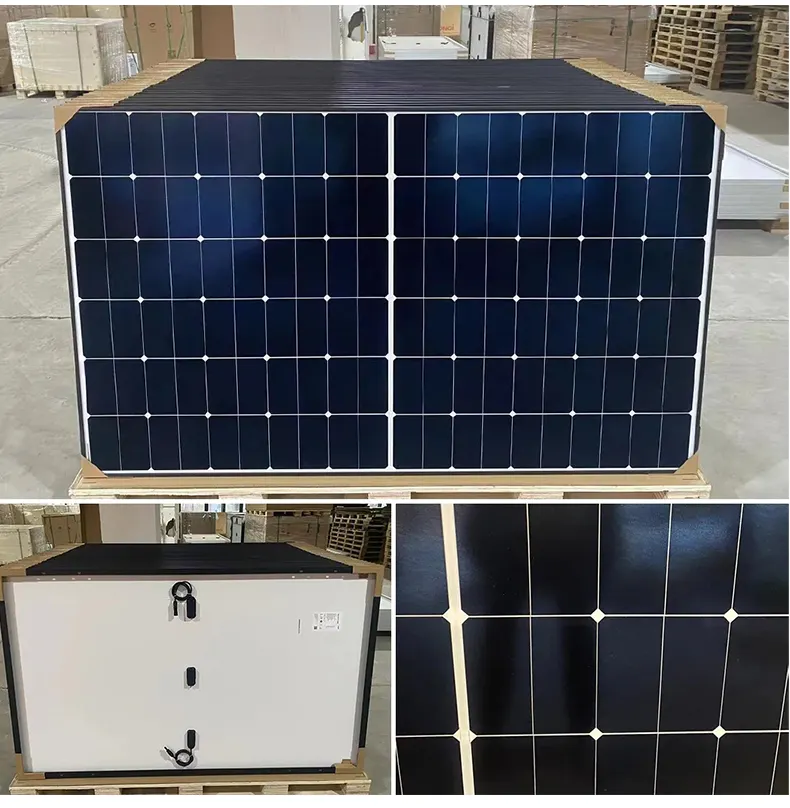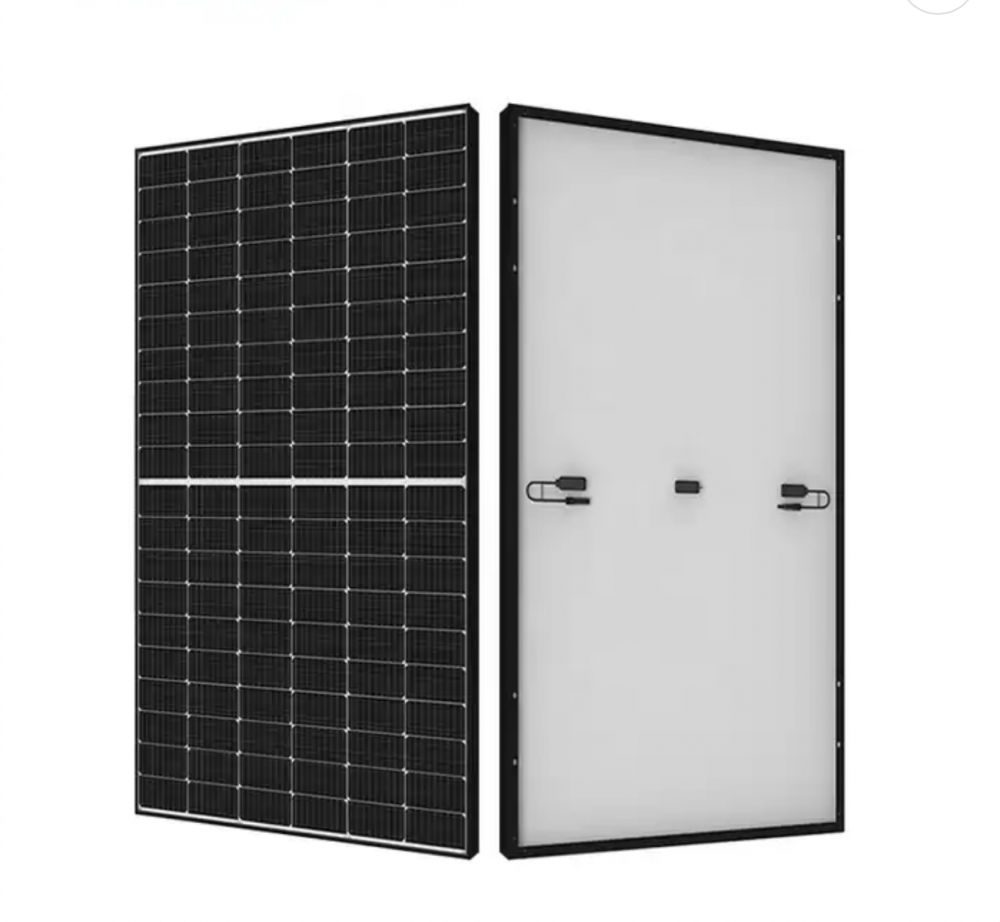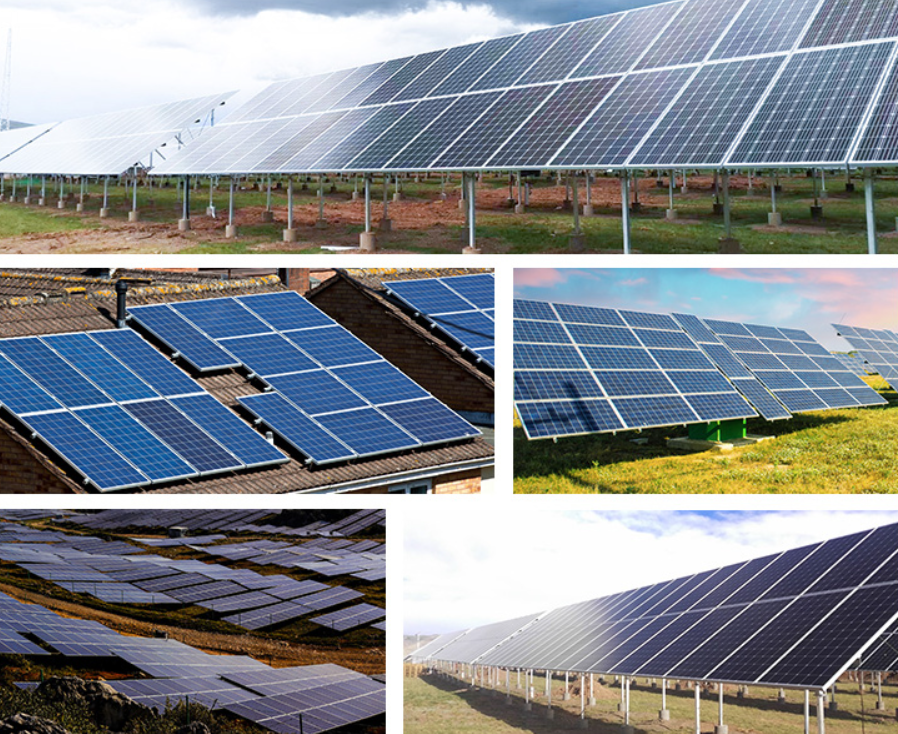Charge output accelerometers are not suitable for low frequency measurements
When dealing with low-frequency vibrations, the acceleration signals tend to be very small. This makes the high-impedance charge signals highly susceptible to external interference. As the size of the object being measured increases, the lower the frequency, the more pronounced the signal-to-noise ratio issue becomes. Therefore, in today’s market where built-in circuit accelerometers are widely used, it's recommended to choose a low-impedance voltage output piezoelectric accelerometer that has minimal electrical noise and excellent low-frequency performance.
The low frequency cutoff is the lowest frequency that a sensor can measure within a specified amplitude error range (such as ±5%, ±10%, or ±3dB). The larger the allowed error, the lower the cutoff frequency. It's crucial to compare sensors under the same error conditions when evaluating their low-frequency capabilities.
The low-frequency response of a low-impedance voltage output sensor is determined by the integrated parameters of its sensitive core and internal circuitry. This response can be modeled as a first-order high-pass filter, meaning the cutoff frequency is directly related to the time constant of the system. In practice, measuring the time constant via step response is often used instead of direct VLF calibration, making the low-frequency characteristics predictable and manageable.
For low-frequency measurements, sensors need high sensitivity to capture small signals. However, increasing sensitivity may come at the cost of stability, overload resistance, and environmental immunity. Thus, high-resolution and low-noise sensors are often more practical. Many commercial accelerometers specify resolution or electrical noise levels, typically around 20μV for domestic models, while advanced ones like BW-sensors go down to 10μV. But for very low frequencies, broadband noise alone isn't enough — 1/f noise becomes significant, making the power spectral density (in μV/√Hz or μg/√Hz) a more accurate measure. A typical BW-sensor value is 3μV/√Hz at 10 Hz.
Temperature changes can also impact low-frequency measurements. Piezoelectric accelerometers generate charge in response to temperature fluctuations, leading to potential errors. The transient temperature response, measured in g/oC, indicates how much the sensor output changes per degree Celsius. To minimize this effect, using an insulated housing and selecting high-quality piezoelectric materials are essential. BW-sensors, designed for long-term use in harsh environments, offer superior stability and anti-interference performance.
Mounting the sensor correctly is also important. While low-frequency sensors don’t require high-frequency response, they should be mounted on an insulated base to avoid ground loop noise. Additionally, structural strain at the mounting point can affect readings. Using shear-type piezoelectric accelerometers and minimizing contact area can help reduce this impact, ensuring accurate low-frequency measurements.
Customized Solar Panel, 100watt solar panel,200watt solar panel, big solar panel, high efficiency high quality solar modules
different power customized and OEM logo customized solar panel
Customized solar panel data
solar cell type
mono crystalline half cut cell
power range
50watt to max 700watt
size and weight
different size and different weight if the power is different
solar panel type
monofacial or bifacial
solar panel color
sliver or black
Product details and pic



Customized Solar Panel,Noncrystalline Solar Panel Module,Cheap Price Pv Solar Module,Solar Photovoltaic Pv Panel
PLIER(Suzhou) Photovoltaic Technology Co., Ltd. , https://www.pliersolar.com